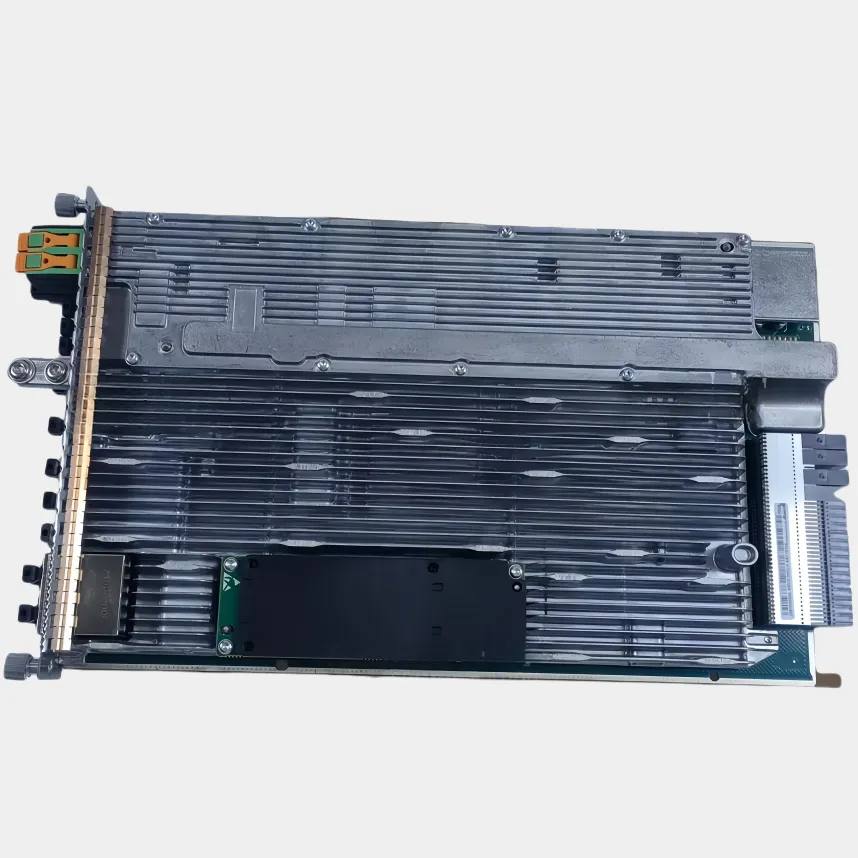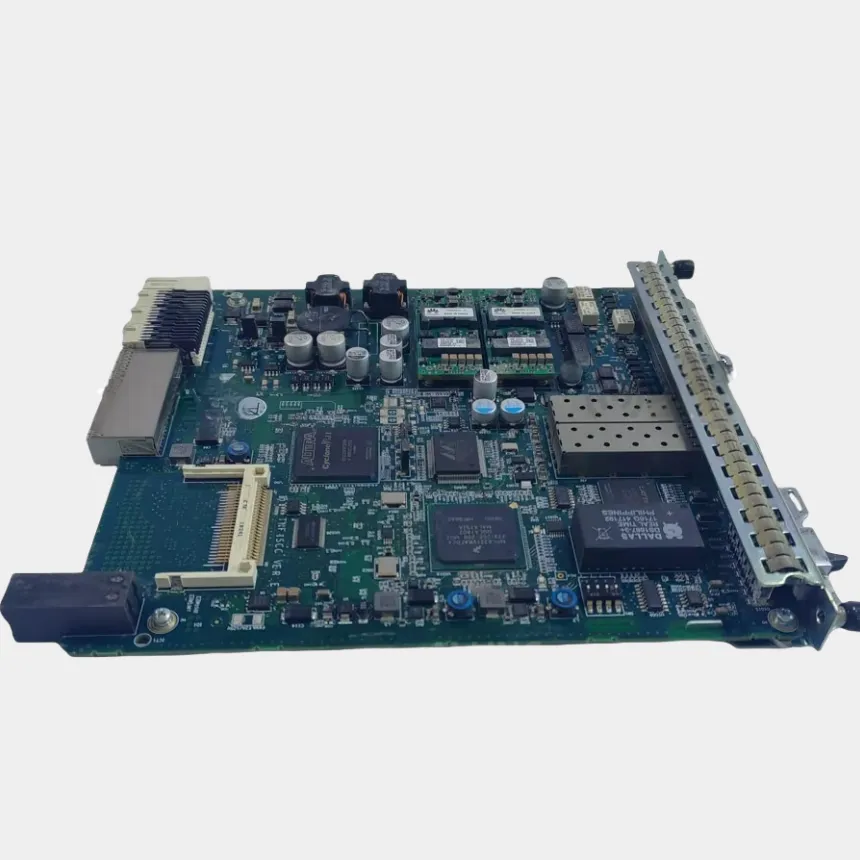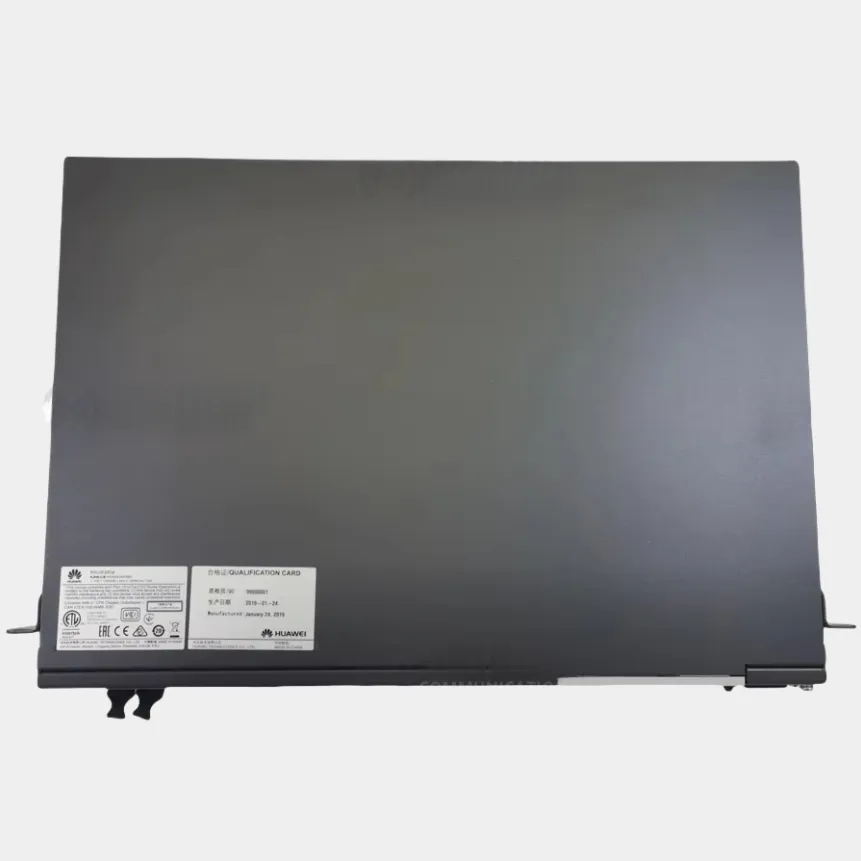Оптикалық трансивер жылдамдығы мен толқын ұзындығы арасындағы байланыс оптикалық байланыстың негізі болып табылады, ол сигналдың тұтастығын, қашықтық пен сыйымдылықты әсер етеді. Трансиверлер әртүрлі жылдамдықтарда (1 Гб/с-тан 800 Гб/с-қа дейін) және толқын ұзындықтарында (850 нм-ден 1650 нм-ге дейін) жұмыс істейді, мұнда О, С және L диапазондары әртүрлі рөл атқарады. Бұл байланыс жарықтың талшықтағы әрекетіне негізделген: азаю (сигналдың жоғалуы) және дисперсия (импульстың таралуы). 850 нм-де жоғары азаю (~2,5 дБ/км) бар, бұл көпмодалды талшықпен қоса 10 Гб/с немесе 40 Гб/с үшін деректер орталықтарында қолданылады (300 метрге дейінгі қашықтық). 1310 нм және 1550 нм төменгі жоғалту (~0,3–0,4 дБ/км) ұсынады, бұл ұзақ қашықтықтарға мүмкіндік береді — 1310 нм 40 км-де 10 Гб/с үшін жұмыс істейді (нөлге жақын дисперсия), ал 1550 нм/С-диапазоны жоғары жылдамдықты ұзақ аралықтарда (400 Гб/с немесе 800 Гб/с мыңдаған километрлер бойынша) қолданылатын EDFA-лармен үйлесімді болып табылады. Жоғары жылдамдықтар (400 Гб/с+ немесе 800 Гб/с+) дисперсия қаупін арттырады. Олар С-диапазонында дисперсияны басқаруға болатын күрделі модуляцияны (мысалы, 16QAM 400 Гб/с үшін) қолданады. С-диапазоны WDM/DWDM қолданып, 50 ГГц аралықпен 400 Гб/с каналдарын қосып, сыйымдылықты арттырады. Қолданулар жұптауларды басқарады: қысқа қашықтық үшін 850 нм қолданылады; орта қашықтық (10–80 км) 1310 нм/С-диапазонына сүйенеді; ұзақ аралық үшін С/L-диапазоны мен когерентті трансиверлер қолданылады. Жаңадан пайда болған 1,6 Тб/с жүйелері С-диапазонындағы тығыздықты болдырмау үшін кеңейтілген L-диапазонын зерттейді. Қысқаша айтқанда, толқын ұзындығы жеткізу қашықтығы мен үйлесімділікті анықтайды; жылдамдық модуляцияны/дисперсияны басқаруды талап етеді. Бұл өзара әрекет трансивердің ортасына сәйкес оның жұмыс сапасын тиімді етеді.


